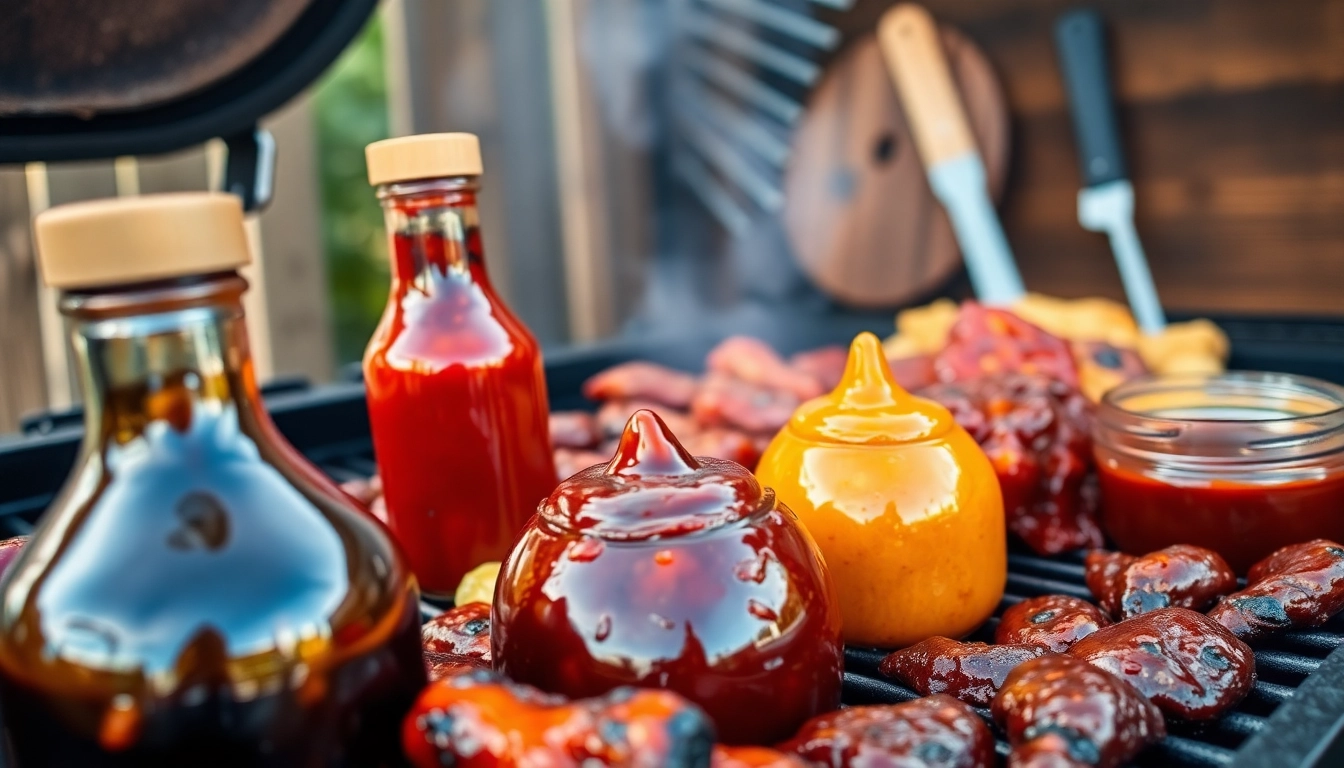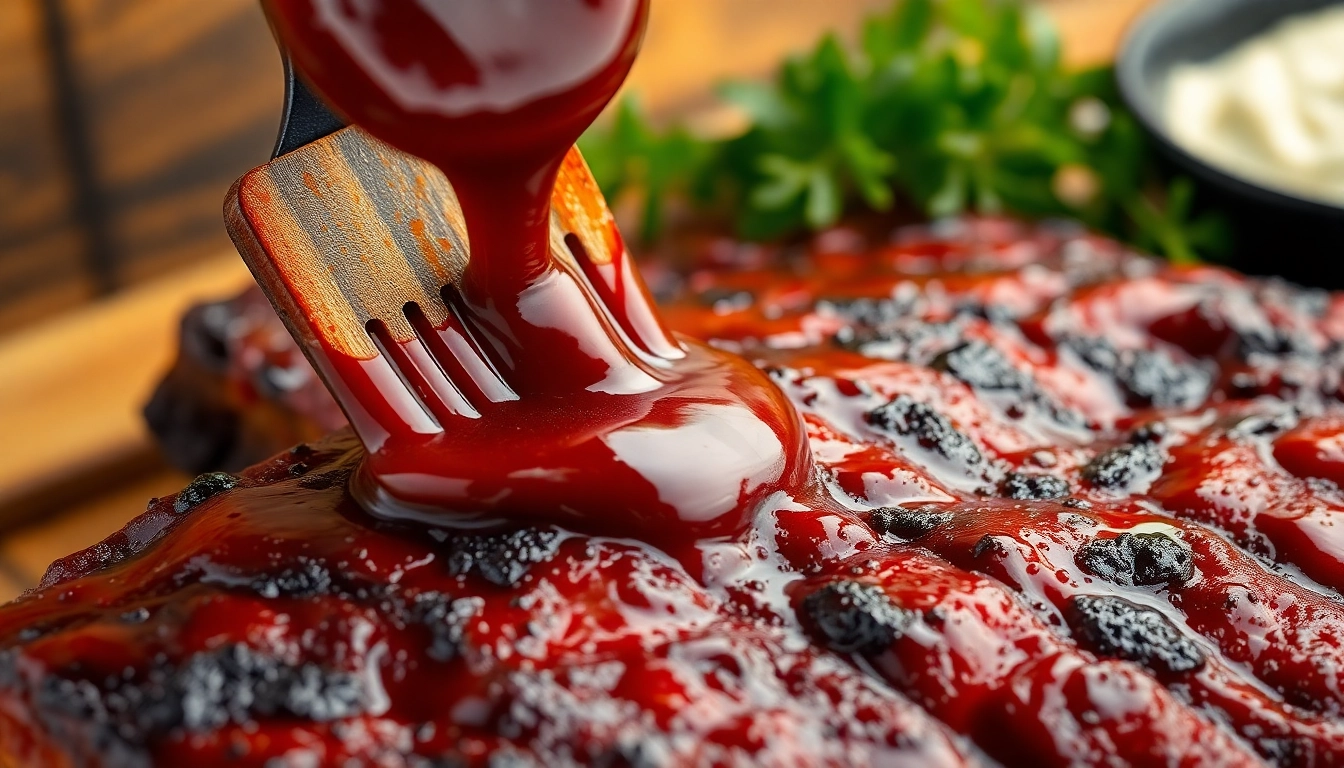Understanding Barbeque Sauce: Types and Flavor Profiles
Barbeque sauce is an essential condiment that elevates grilled and smoked foods, especially meats like ribs, chicken, and pork. Its diverse range of flavors and regional styles reflects culinary traditions across different cultures and offers consumers a wide variety of options to suit their taste preferences. For manufacturers and exporters looking to carve a niche in this vibrant market, understanding the nuances of Barbeque Sauce is vital. From classic smoky and sweet variants to spicy regional interpretations, the right formulation can significantly influence brand positioning and consumer loyalty.
Classic smoky and sweet flavors variations
The traditional barbeque sauce is characterized by a blend of smoky, sweet, tangy, and spicy notes. The smoky flavor typically derives from ingredients like smoked paprika, chipotle, or liquid smoke, which lend depth and richness. Sweetness is often balanced through the addition of brown sugar, molasses, honey, or maple syrup, catering to consumers who favor a mellow, caramelized profile. Variations like Kansas City-style sauce prominently feature these attributes, with thick consistency and robust flavor profiles. These sauces are versatile, pairing well with grilled meats, sausages, or even vegetables, making them a staple in many households and commercial kitchens alike.
For manufacturers, achieving the perfect balance of smoky and sweet requires meticulous formulation and high-quality raw materials. The choice of natural ingredients and precise cooking techniques ensures consistency and a superior sensory experience, which can distinguish a premium product in saturated markets.
Regional styles and regional taste preferences
Barbeque sauces have evolved uniquely across regions, each emphasizing specific flavor profiles and ingredients. For example, Memphis-style sauces tend to be tomato-based with a vinegar tang, delivering a balance of sweetness and spice suited for pork. Texas sauces often lean towards a spicier, more robust flavor, sometimes incorporating chili peppers and spices that reflect the state’s rugged, smoky barbecue tradition. Carolina styles, on the other hand, are vinegar-centric, offering a tangy and slightly spicy flavor that complements their signature slow-cooked pork dishes.
Understanding these regional preferences enables manufacturers to tailor their products for specific markets or develop hybrid variants that appeal to a broader audience. This regional insight also plays a crucial role during product positioning and marketing campaigns, emphasizing authenticity and catering to local palates.
Key ingredients and their impact on flavor
The flavor profile of barbeque sauce hinges on several core ingredients, each contributing distinct characteristics:
- Tomatoes and Tomato Paste: Provide the base sweetness and acidity, forming the backbone of most sauces.
- Sugar and Sweeteners: Brown sugar, molasses, honey, or maple syrup balance acidity and add depth.
- Vinegar: Adds tanginess, especially in regional styles like North Carolina or Eastern Carolina sauce.
- Spices and Herbs: Paprika, chili powder, cumin, garlic, onion, and black pepper introduce complexity and heat.
- Liquid Smoke and Smoked Ingredients: Impart a smoky aroma when real smoking isn’t feasible during manufacturing.
The precise combination and quality of these ingredients determine the final flavor, aroma, and mouthfeel. Natural and organic ingredients are increasingly preferred by health-conscious consumers, emphasizing the importance of sourcing high-grade raw materials and adhering to strict quality standards.
Manufacturing Process of Barbeque Sauce
Raw material sourcing and quality standards
Effective manufacturing begins with sourcing premium ingredients that meet international quality certifications such as HACCP, ISO, and organic standards. Selecting fresh, natural, and certified ingredients—like high-quality tomatoes, spices, and sweeteners—ensures product stability, safety, and superior taste. Establishing long-term partnerships with trusted suppliers is essential for maintaining consistency, especially when scaling production for international markets.
Cooking and blending techniques for consistency
The manufacturing process involves sophisticated cooking and blending techniques to achieve uniformity. Initially, ingredients are carefully weighed and combined in controlled environments. The mixture is cooked at calibrated temperatures to develop rich flavors without scorching or phase separation. Continuous stirring and monitoring ensure consistency across batches. Modern blenders or homogenizers help to achieve a smooth, uniform texture, critical for consumer appeal and packaging.
Finally, flavor adjustments are made through testing, ensuring each batch aligns with the desired profile. Advanced process control systems enable real-time quality checks, facilitating rapid troubleshooting and adherence to product specifications.
Packaging innovations for freshness and shelf life
Packaging plays a pivotal role in preserving the freshness, flavor integrity, and shelf life of barbeque sauce. Modern packaging solutions like aseptic pouches, glass jars, and PET bottles with tamper-evident seals are popular choices. Innovations such as vacuum packaging and nitrogen flushing extend shelf life by preventing oxidation and microbial growth.
Labeling with clear nutrition facts, certifications, and expiration dates enhances consumer trust and complies with regulatory standards. Additionally, eco-friendly packaging options align with growing consumer demand for sustainable practices, adding further value to the product.
Quality Assurance and Certifications for Barbeque Sauce
HACCP and ISO standards adherence
Ensuring food safety and quality is non-negotiable in barbeque sauce manufacturing. Adherence to HACCP (Hazard Analysis and Critical Control Points) helps identify potential risks and implement control measures at each stage. ISO certifications, particularly ISO 22000, bolster credibility by demonstrating a comprehensive food safety management system.
Maintaining flavor stability and safety
Flavor stability over time is achieved through robust formulation, antioxidant use, and proper storage conditions. Uniform processing conditions, validated recipes, and quality raw ingredients diminish flavor deterioration. Conducting periodic shelf-life studies supports product stability claims, ensuring safety and taste are maintained throughout the product’s lifecycle.
Labeling regulations and consumer trust
Accurate and compliant labeling not only fulfills regulatory requirements but also enhances consumer confidence. Labels should clearly state ingredients, allergen information, nutritional content, and certifications. Transparency around ingredients and manufacturing processes positions the brand as trustworthy and committed to quality, fostering long-term customer relationships.
Market Trends and Consumer Preferences in Barbeque Sauces
Growing demand for organic and natural sauces
Consumers are increasingly seeking healthier options, pushing the market toward organic, non-GMO, and preservative-free barbeque sauces. This trend is reflected in the rising popularity of products utilizing natural sugars, organic spices, and clean-label ingredients. Catering to this demand requires sourcing certified organic ingredients and implementing transparent manufacturing processes to build brand loyalty.
Innovative flavor combinations and health-oriented options
Innovation is key to standing out. Combining traditional flavors with modern twists—such as infused herbs, superfoods like spirulina or turmeric, and spicy-hot variants—appeals to diverse palates. Health-conscious consumers also favor low-sugar or gluten-free options, which encourage manufacturers to explore alternative sweeteners and clean ingredient lists.
Distribution channels and export opportunities
Effective distribution strategies include leveraging online platforms, specialty health stores, supermarkets, and international trade shows. Export opportunities are expanding due to global interest in authentic regional flavors and organic products. Ensuring that products meet international standards and certifications is vital for successful market entry and sustainability in foreign markets.
Effective Strategies for Scaling Your Barbeque Sauce Business
Brand positioning and differentiation
Building a compelling brand identity involves emphasizing unique selling points like organic certification, regional authenticity, and innovative flavors. Storytelling that highlights craftsmanship, sourcing, and health benefits fosters emotional connections. Packaging design and branding must also stand out on shelves and digital platforms to attract discerning consumers.
Building relationships with international suppliers and buyers
Participating in global food expos such as Biofach or Gulfood enables manufacturers to connect with overseas distributors and retailers. Establishing trust through consistent quality, certifications, and prompt communication creates sustainable relationships. Collaborations with logistics providers ensure timely deliveries and minimized costs.
Marketing tactics: online presence and trade shows
A strong online presence through optimized websites, social media marketing, and targeted advertising enhances visibility. Regular participation in domestic and international trade shows fosters brand awareness, provides opportunities for product sampling, and helps gauge consumer feedback. Sharing success stories and product innovations can attract potential buyers and partners.



